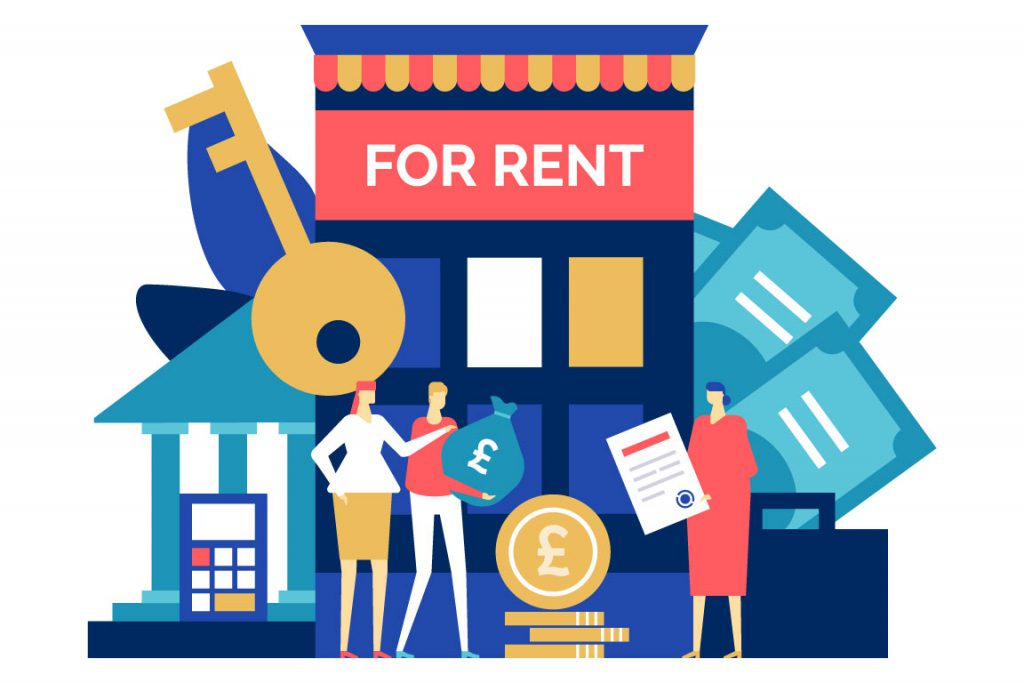Being a successful retailer, like any business, is a balancing act. It’s art mixed with science. Putting together a curated range of desirable products that your customers just can’t resist, making sure that you have enough to meet demand, but not so much that you are left with excess stock. And all the while, you need to make sure that you are maintaining your margins and making a profit. You know how to put together a collection, but how do you get customers to buy more? How can you cross-sell and up-sell to increase sales figures during off peak times, and convince your customers they are getting a great deal? Retail promotions are the quick and obvious answer, but you need to manage them carefully to ensure that while they are a hit with your customers, they do not hit your balance sheet!
By creating data-driven in store/online promotions and having a better understanding of your customer buying patterns, you will be able to promote the right products, at the right time and get customers to respond. But which products are best for discounting, by how much and for how long? Also, most importantly, how much will this cost your business? These are all questions that should be considered when you are planning a promotion.
As you know, retail promotions can be very powerful. By studying each one you can learn from experience and identify trends in customer behaviour, all of which will help to make the next promotion even more successful.

There are several main categories of retail promotion
Discounting or Markdowns
Often at the end of the season, this is where you discount a range of products, usually items that you need to shift to make room for new stock. This is a mass market sale that is available to all customers, and can be executed online as well as in-store.
Loss Leaders
This is where you lower the price of specific products that are in high demand, and sell them at a loss to attract customers into your store. Again, this could be seasonal, or in response to a specific trend. Once customers are in the shop or on your website, you hope that they are attracted to your other full priced merchandise and actually end up spending more. Loss leaders are a good way to shift items that are over stocked.
Bundle pricing
This is particularly popular in the fashion and clothing sector, and comes in many guises. This could be a Buy One, Get One Free deal, or a 3 for the price of 2 offer, or buy one get another half price. It makes customers feel that they’re getting more for their money.
Special Event pricing
Where certain items are discounted for a limited period only – often tying in with a special event, such as Valentines Day, Mothering Sunday, Easter, Back to School, Halloween, or even sporting events.
Loyalty offerings
This can be simply offering money off or a % discount on the next purchase, within a specified time period. Or it could be offering nominal points that can be saved up for a discount in the future.
These pricing strategies can help to keep your customers coming back for more.
Whichever type of retail promotion you decide upon, it is important that your retail systems can provide the data you need to discount profitably, and to then track the promotions, for later analysis.
Maintaining Margin
In order to get the most benefit from running a retail promotion campaign, your EPOS solution must be able to identify sales directly resulting from this campaign. Further analysis will show which promotions were most successful in terms of outright sales, and which were the most profitable. Did the promotion work in every store, or were some better than others? Did the promotion work for every product line, or were some colours/sizes/styles more popular?
To ascertain this more detailed information, you will need reports, such as:
- Weighted Average Cost
- Sales per branch
- Sales per product line
- Full priced sales versus reduced price sales
- Margin Analysis
Buy now while stocks last!
Another important factor is setting a timescale for each campaign. Not only will this encourage your customers to act faster, but it helps you give your retail promotions a seasonal flavour – making them more attractive and on-trend.
The right in store technology
Having an EPOS system that can be pre-programmed with your promotions saves time at the checkout. Your sales staff do not need to think about what discount to apply (and when a certain promotion ends), the system simply applies the correct discount, whether it be a promotion with a voucher or code, a straight % reduction, 3 for the price of 2, or a promotional bundle (for example, a free tie with certain shirts). As well as saving time, this also avoids mistakes (and possible fraud) and enables your staff to concentrate on providing the best possible experience to your customers.
In summary
Retail promotions help to drive footfall and increase sales. If you do it well, based on analysis of your product and sales data, it maintains margin and generates profits too.
For more details on how Eurostop can help, speak to a retail expert



